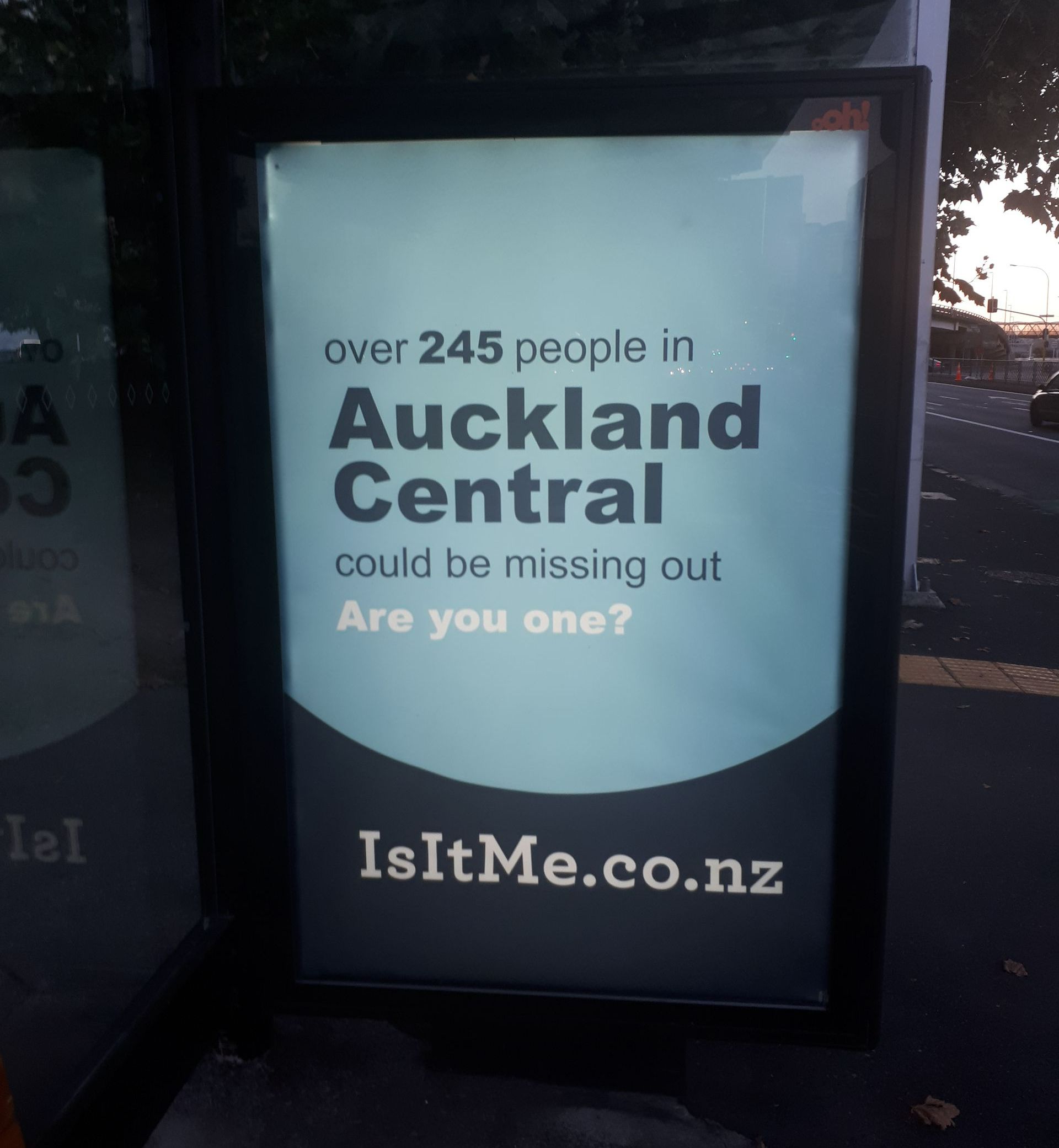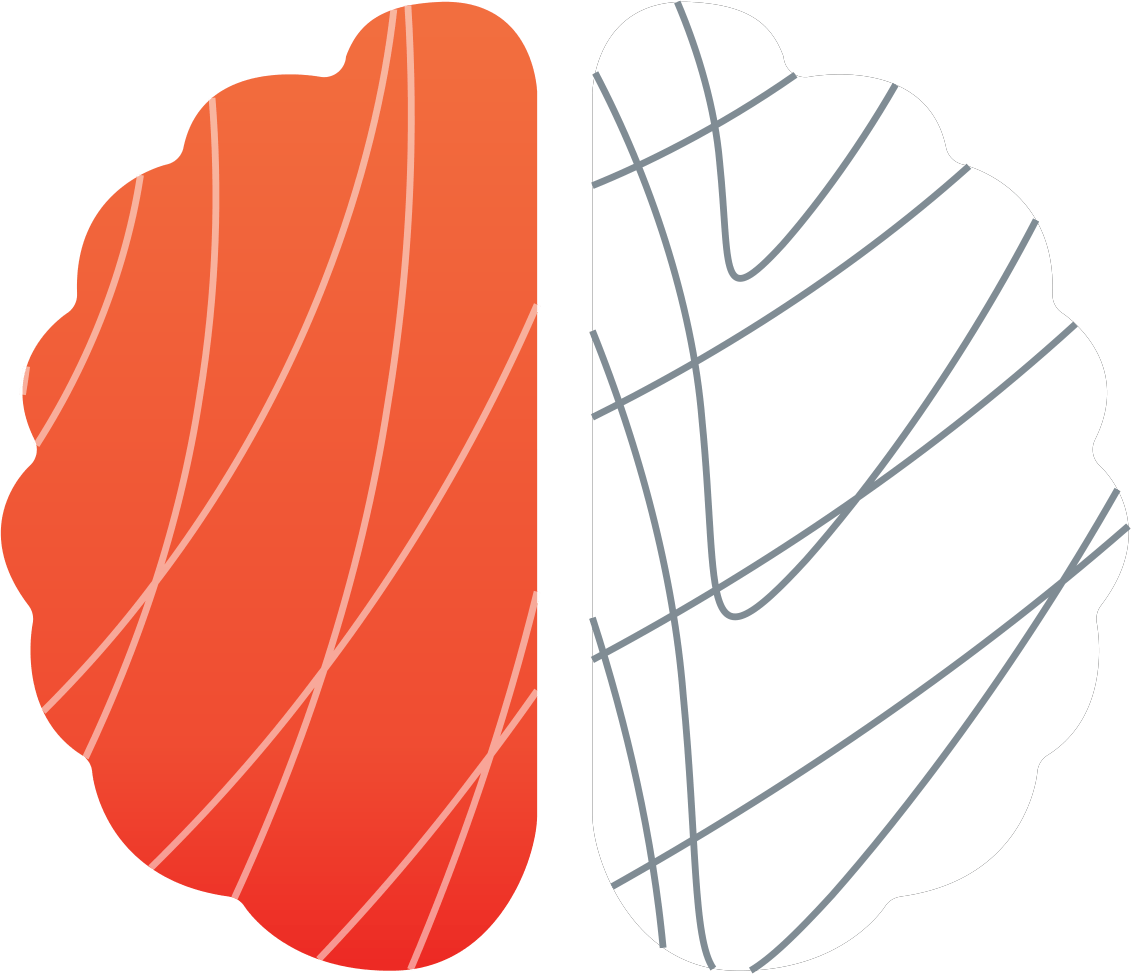Kaipātiki Project: Growing volunteer numbers
Kaipātiki Project is based on Auckland's North Shore, and are a charitable eco-hub aiming to grow a sustainable future for people and nature. They run a native plant nursery, facilitate green space regeneration, promote zero waste and teach locals on sustainable living, gardening and composting. Kaipātiki Project couldn't operate and make the difference they do without donations and the hundreds of volunteers who help each year with the nursery and teaching garden, restoration working bees, the zero waste hub and community restoration days.
The Challenge
Kaipātiki Project run regular volunteering days across their green space restoration projects. Althought they have some dedicated volunteers, the Kaipātiki Project team want to encourage and support more local residents to regularly volunteer their time with them.
The Solution
NeuroSpot took Kaipātiki Project through the behavioural design process, aiming to identify the different psychological levers that needed tweaking - what elements of the experience were acting as promoters, or needed further boosting, and what was inhibiting repeat volunteers, was there friction or a barrier that needed removing?
The Results
There are many factors that influence whether someone has the time or inclination to volunteer, and again whether they volunteer once a year, or once a fortnight.
To help uncover the influences at play, we used our behavioural design toolkit. 70 rapidly developed ideas were created using behavioural driver prompts from the toolkit. These ideas were then scored and whittled down to a handful worth pursuing - and a longlist to investigate over time, as resource allows.
Ideas included some simple wording tweaks in their marketing and communications, changing the registration process to make signing up to the next - or regular - events more straightforward, and signing people up at the end of the event for the next, while they're still in the mindset and on the feel good high. These, and many more ideas are in the works to boost repeat volunteer numbers.
Here's what Kaipātiki Project Marketing Strategist Blanka Ros had to say about working with us:
"We're a small but passionate team at Kaipātiki Project, and while we have many ideas on how to improve various aspects of our organisation and the value we bring to the community, it can be hard to know where to focus our energy. Working with NeuroSpot on a specific challenge enabled us to understand what can drive or inhibit the behaviours we are seeking, ideate and prioritise solutions based on what is more likely to work. It means our time is spent more efficiently, and we see results sooner. The NeuroSpot approach was practical and actionable, backed up by research but personalised for our requirements."




